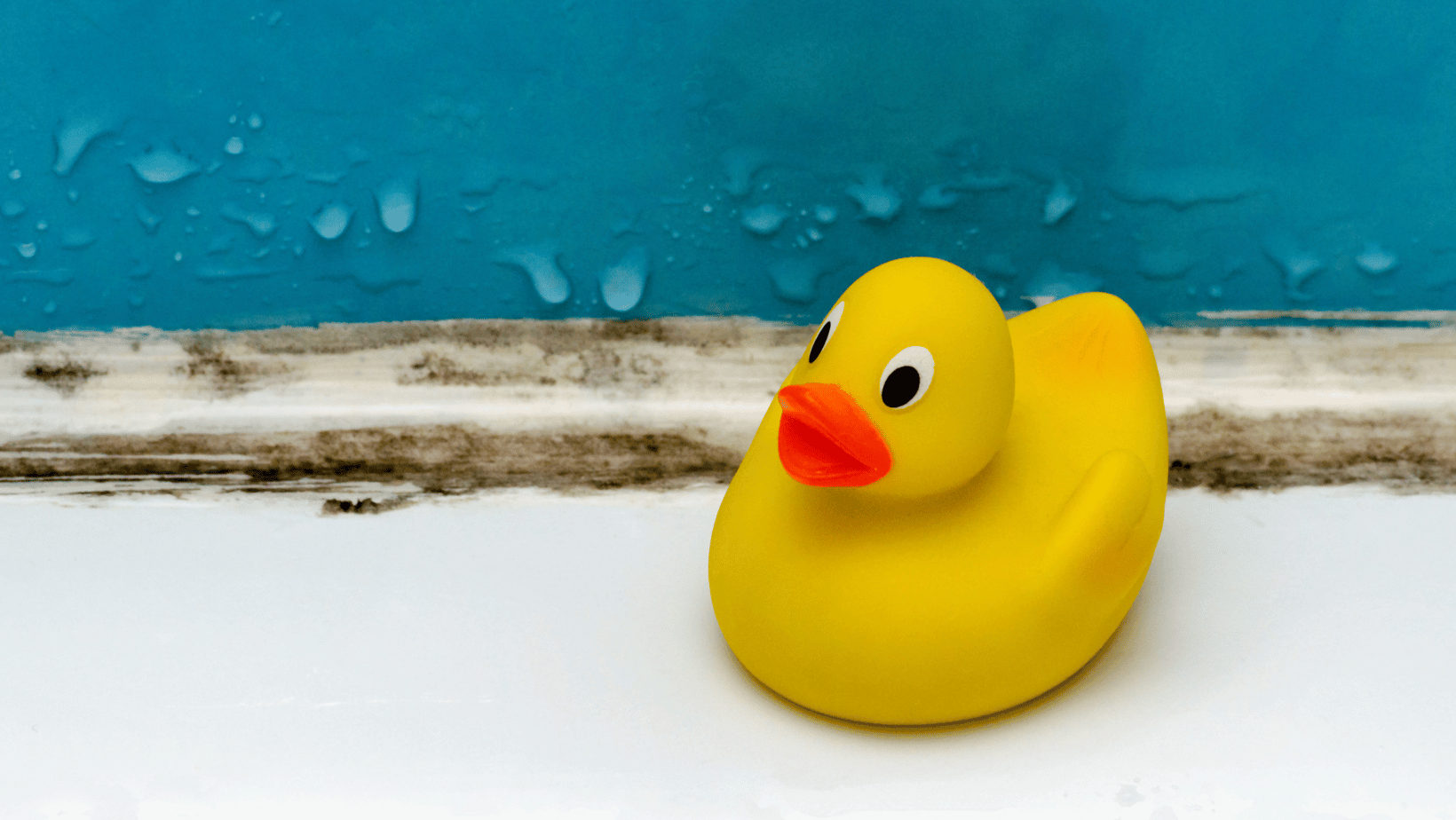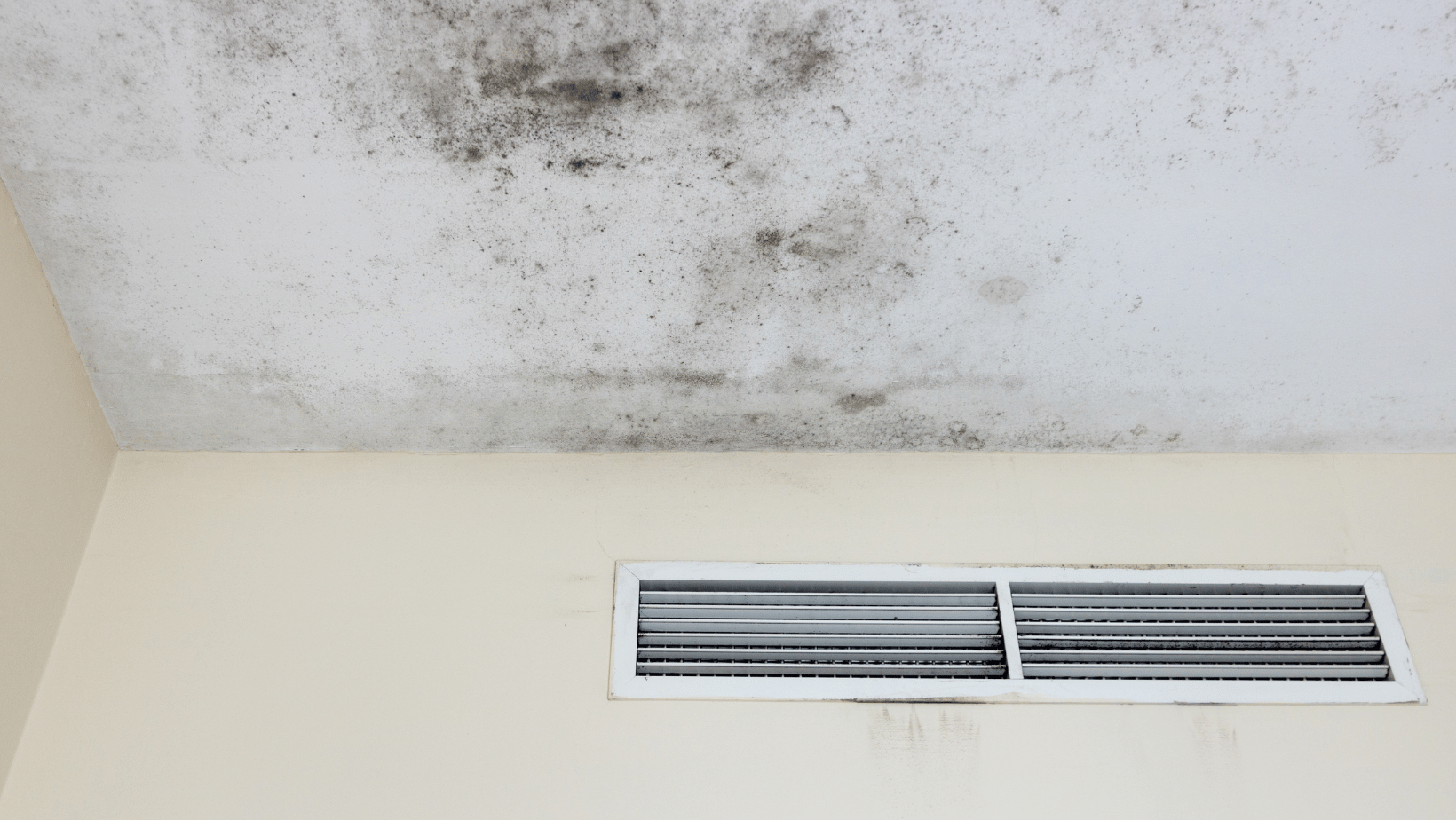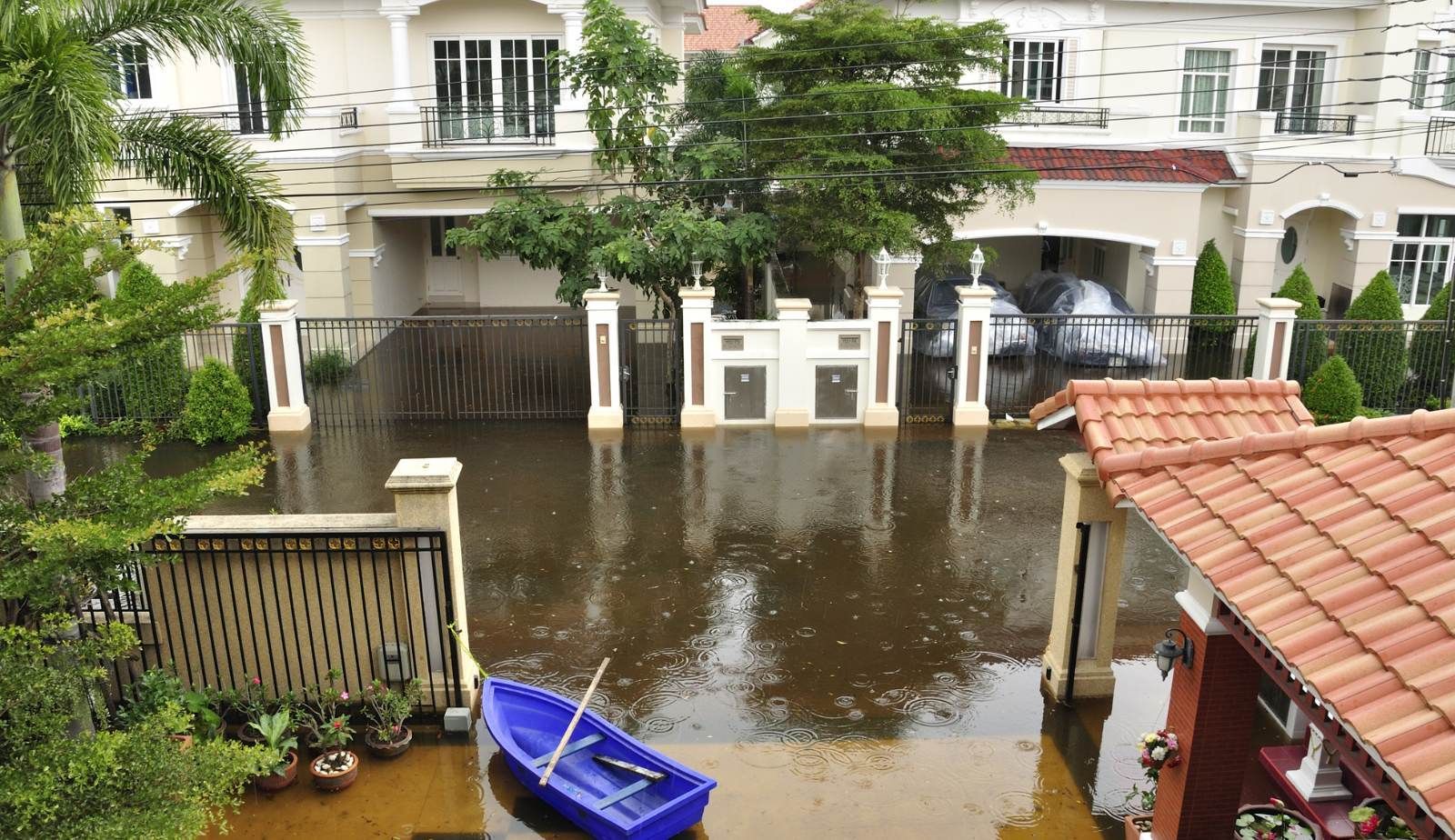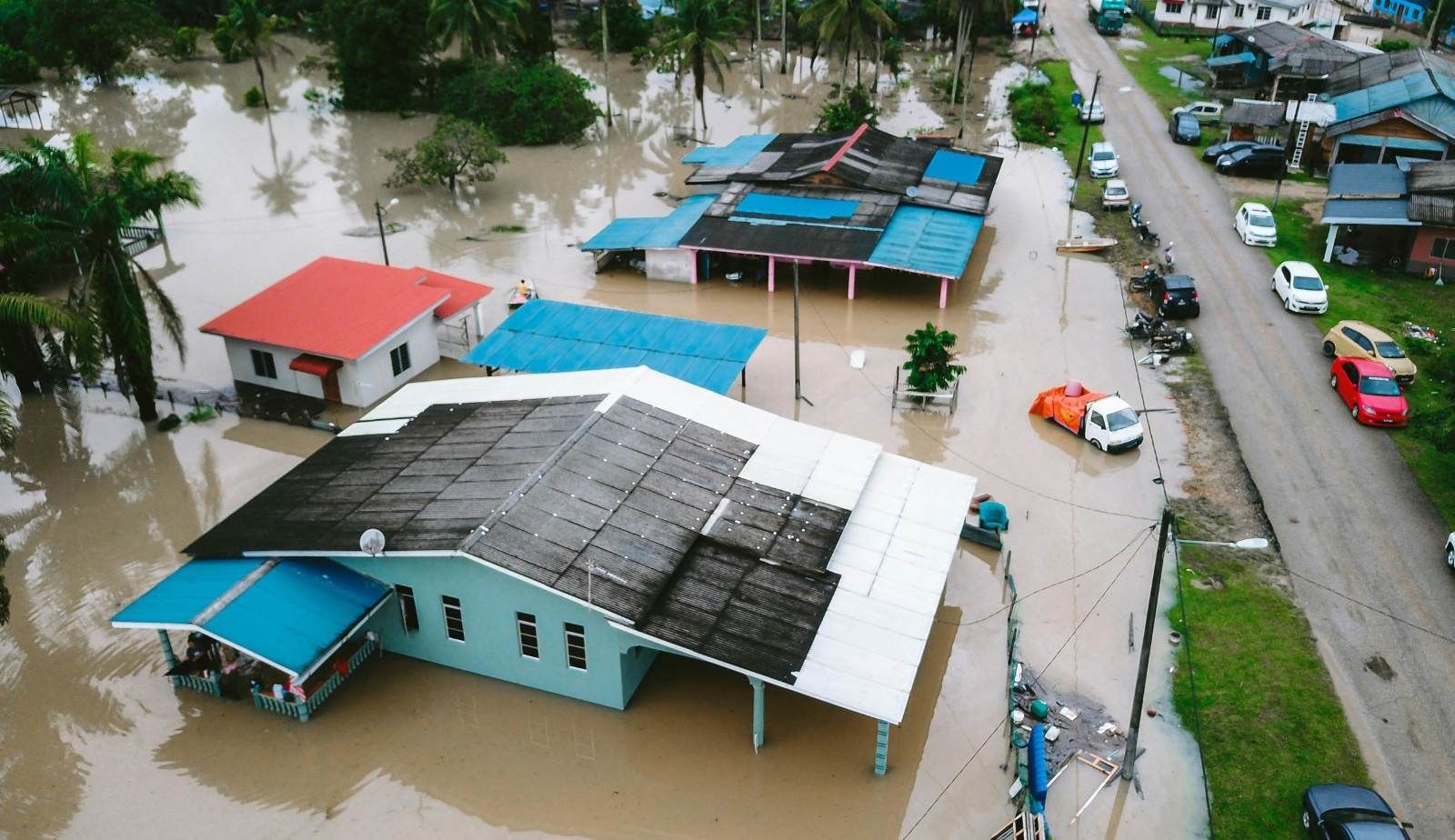Preventing Mold in High-Humidity Areas: Strategies and Tips
Preventing Mold in High-Humidity Areas
Learn effective strategies for mold prevention in high-humidity areas, including the importance of controlling humidity levels, using dehumidifiers, and replacing porous materials, to ensure indoor air quality and prevent health concerns.

I. Importance of Preventing Mold in High-Humidity Areas
Mold and mildew thrive in high-humidity areas and can pose serious health risks, including respiratory problems, allergies, and other health issues. The presence of mold in indoor spaces can often go unnoticed, making prevention efforts crucial to maintaining a healthy environment. Mold requires specific conditions to grow, including heat, humidity, and organic matter, making high-humidity areas particularly susceptible to mold infestations.
An example illustrating this point is a bathroom with poor ventilation. The combination of steam from hot showers creating high humidity, lack of airflow, and organic matter like soap scum can create an ideal environment for mold growth on the walls and ceiling.
II. Impact of High Humidity on Mold Growth
High humidity levels create a favorable environment for mold and mildew to thrive due to the excess moisture present in the air. Detecting mold growth involves recognizing its unique appearance, colors, textures, and musty odors. In humid climates, indoor mold can be more toxic than outdoor mold, underscoring the importance of proactive prevention measures to safeguard health and property.
For instance, a damp basement with poor ventilation can experience rapid mold growth due to the high humidity levels. The lack of proper airflow and persistent moisture can lead to mold colonies forming on walls, floors, and stored items.
III. Effective Strategies for Mold Prevention in High-Humidity Areas
A cost-effective strategy for mold prevention in high-humidity areas is using a dehumidifier in specific locations prone to mold growth. Additionally, heating the floor can help prevent condensation and subsequent mold development in environments with high humidity. Replacing porous materials, which are more susceptible to mold, with non-porous materials like high-density polyethylene can further enhance mold prevention efforts. Ultimately, the goal of mold prevention in high-humidity areas is to maintain indoor air quality and prevent associated health concerns.
An example of this is a kitchen with a leaky pipe under the sink. By promptly fixing the leak, replacing any water-damaged porous materials like wood cabinets with non-porous alternatives, and using a dehumidifier to reduce moisture levels, mold growth can be effectively prevented in that area.
IV. Controlling Humidity Levels for Mold Prevention
Maintaining humidity levels below 60% is critical for preventing mold growth in basements, where high humidity levels can lead to mold infestations that are harmful to both health and property. Proper ventilation and dehumidification play key roles in controlling humidity levels in indoor spaces, helping to create an environment inhospitable to mold growth.
For example, a basement with poor ventilation and no dehumidifier can experience humidity levels above 60%, leading to mold growth on walls, floors, and stored items. Implementing proper ventilation and using a dehumidifier can effectively control humidity levels and prevent mold formation in such a space.
V. Temperature vs. Moisture in Indoor Mold Prevention
Moisture levels have a greater impact on survival and oxidative stress for mold prevention compared to temperature. Understanding the importance of moisture levels over temperature can aid in managing indoor mold problems effectively. Mold growth prediction models often focus on temperature, but moisture levels are more critical for prevention.
An illustration of this concept is a bathroom with a consistently damp shower curtain. Despite the temperature variations in the room, the persistent moisture on the curtain provides an ideal breeding ground for mold growth, emphasizing the significance of controlling moisture levels.

VI. Practical Tips for Preventing Mold in Humid Climates
Encapsulating crawl spaces and using mold-killing products are necessary in humid climates to control humidity levels and prevent mold growth [5]. Solid houses built with materials resistant to mold are crucial in tropical regions to prevent mold growth. Proper maintenance of AC systems, use of dehumidifiers, and ensuring good ventilation are essential in preventing mold growth in humid climates.
For instance, in a humid coastal region, encapsulating the crawl space under a house with a vapor barrier can prevent moisture from seeping into the living areas, reducing the risk of mold growth. Additionally, using mold-resistant building materials for construction can further mitigate the likelihood of mold infestations in such environments.

You might also like
DryMax Restoration Blogs




